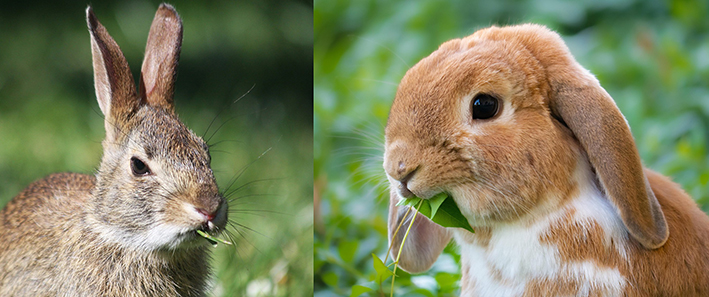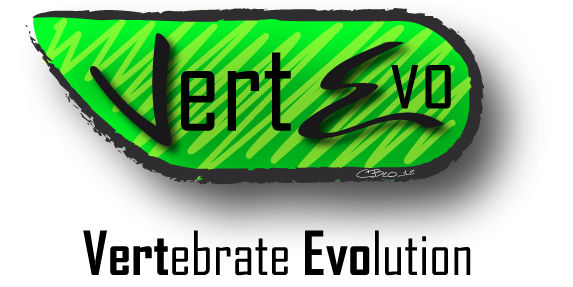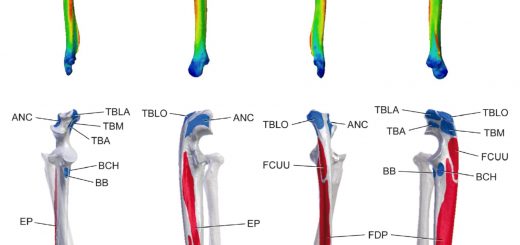How does morphological diversity arise?
 Domestication can lead to phenotypic changes that are not observed in related wild forms. Domesticated animals thus considerably expand the morphological diversity of a species. For example, the skull of domestic dogs shows a wider range of shapes compared to all related wild animals of the group Canidae.
Domestication can lead to phenotypic changes that are not observed in related wild forms. Domesticated animals thus considerably expand the morphological diversity of a species. For example, the skull of domestic dogs shows a wider range of shapes compared to all related wild animals of the group Canidae.
The processes during domestication can help us to better understand the origin of morphological diversity. Darwin already recognized this potential in his 1884 work “The variation of animals and plants under domestication Volume 1”. But what happens when domesticated animals return to the wild? Does feralization lead to a “reversal” to the original phenotype?
In our current study (Sherrat et al. 2025 Proceedings of the Royal Society B), an international research team with participation of Julia Schaar (former student of AG Böhmer) and Prof. Dr. Christine Böhmer, CAU Kiel) investigated this question. More than 900 skulls of wild, feral and domesticated rabbits were quantitatively analysed using 3D landmark analysis. The data set is made up of objects from many scientific collections and a large part comes from the scientific university collection of the Zoological Institute Kiel (ZIK), formerly the Institute of Domestic Animal Science, curated by Böhmer research group.
The results have shown that domestication has also led to an expansion of phenotypic variation in rabbits. Even if domestication does not result in a regression to the morphology of related wild forms, the skull shape of feral animals occupies an intermediate position between wild and domestic animals.
Another finding of the study concerns the “domestication syndrome”. It describes characteristic changes that occur in almost all domestic animals as a result of breeding for tame behavior: white patches in the fur, floppy ears, short and round snouts, small brain capsule. While this phenomenon has been observed in dogs and experimentally demonstrated in silver foxes, it does not fully apply to rabbits. Although domestic rabbits have a smaller brain capsule compared to wild rabbits, their snouts are longer in relation to their skull size. To date, the reasons for this are still unknown, but future analyses could show whether there are biomechanical limitations.
Reference: (*supervised student)
Sherrat E, Böhmer C, Callou C, Nelson TJ, Pillai R, Ruff I, Sanger TJ, Schaar J*, Le Verge K, Kraatz B and Geiger M (2025) From Wild to Domestic and The In Between? HowDomestication and Feralization Changed the Morphology of Rabbits. Proceedings of the Royal Society B DOI: https://doi.org/10.1098/rspb.2025.1150




Neueste Kommentare